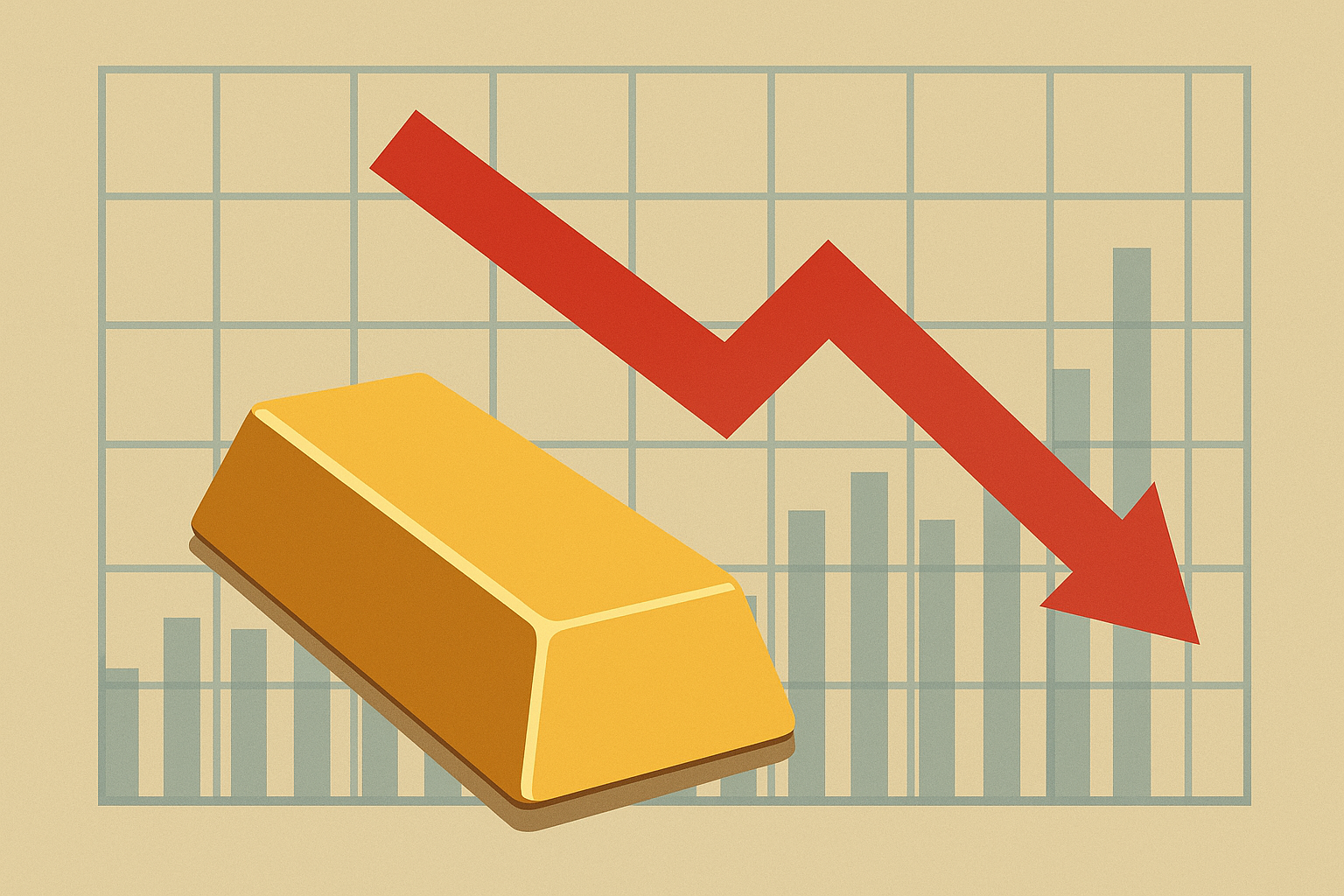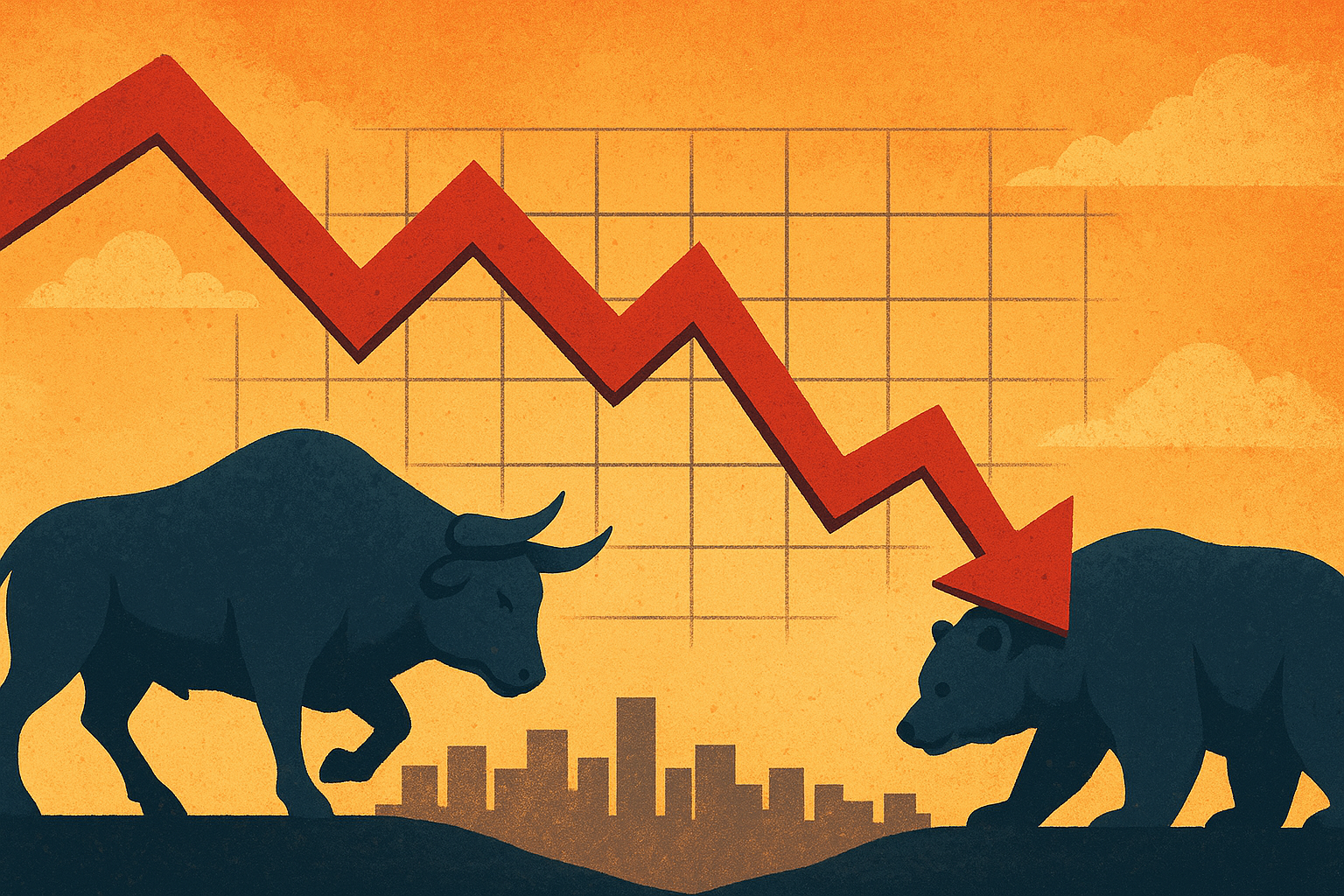A High-Stakes Battle Over Strategic Metals
The U.S.-China trade war is entering a new phase, with China leveraging its near-monopoly on rare earth metals as a strategic tool in ongoing trade negotiations. As the world’s primary supplier of critical metals essential for semiconductors, military technology, and renewable energy, China’s ability to restrict exports poses significant risks for Western tech industries.
According to MarketWatch, the Chinese government has been tightening regulations on rare earth exports, signaling potential supply chain disruptions for key U.S. industries. Investors and policymakers alike are scrambling to find alternative sources as tensions mount, making this a pivotal moment for critical minerals markets worldwide.
Why This Matters for Investors
1. The Strategic Importance of Rare Metals
Rare earth elements (REEs) are crucial to the global economy, with applications in high-tech devices, defense systems, and electric vehicle batteries. China controls roughly 70% of global REE production and over 85% of refining capacity. This dominance allows Beijing to use REE exports as leverage in geopolitical disputes, particularly with the U.S.
In 2023, China imposed export restrictions on gallium and germanium—two key materials used in semiconductors—prompting concerns over supply chain resilience. Similar moves in 2025 could further disrupt global technology production, driving up costs and reducing availability.
2. The U.S. Response and Supply Chain Diversification
To counter China’s dominance, the U.S. and its allies are accelerating efforts to secure alternative sources of critical minerals. The Biden administration’s CHIPS and Science Act, along with the Inflation Reduction Act, is pushing for domestic mining and refining projects, particularly in states like California and Texas.
Meanwhile, the European Union is finalizing its Critical Raw Materials Act, aiming to diversify supply chains through partnerships with resource-rich nations such as Canada and Australia. Companies like MP Materials (NYSE: MP) and Lynas Rare Earths (ASX: LYC) stand to benefit from increased investment and government incentives.
3. Investment Trends: Who Wins and Who Loses?
- Winners: Firms involved in rare earth mining and refining outside of China, particularly in North America and Australia. Investors should monitor developments in companies like MP Materials, Lynas Rare Earths, and Albemarle (NYSE: ALB), which focus on lithium production.
- Losers: U.S. and European tech firms that rely heavily on Chinese supply chains. Rising material costs and potential restrictions could squeeze margins for semiconductor giants such as Intel (NASDAQ: INTC) and NVIDIA (NASDAQ: NVDA).
Future Trends to Watch
- Expansion of Domestic Mining and Recycling – Governments are accelerating mining permits and funding research into REE recycling to reduce dependence on China. Companies innovating in extraction and recycling could see significant growth.
- Geopolitical Shifts in Supply Chains – Nations like Vietnam, Canada, and Brazil are emerging as alternative sources of critical minerals. Expect strategic partnerships and joint ventures to increase.
- Rising Prices for Critical Metals – As supply constraints intensify, the cost of REEs and other strategic metals may spike, making commodity investment in these materials increasingly attractive.
Key Investment Insight
The ongoing tech-based trade tensions between the U.S. and China highlight the urgent need for diversified critical mineral supply chains. Investors should look at opportunities in domestic mining, REE refining, and strategic partnerships between Western nations and resource-rich countries. Companies at the forefront of securing alternative supplies stand to benefit in the long term.
For more expert insights into global markets, stay informed with MoneyNews.Today—your trusted source for financial news and investment analysis.





